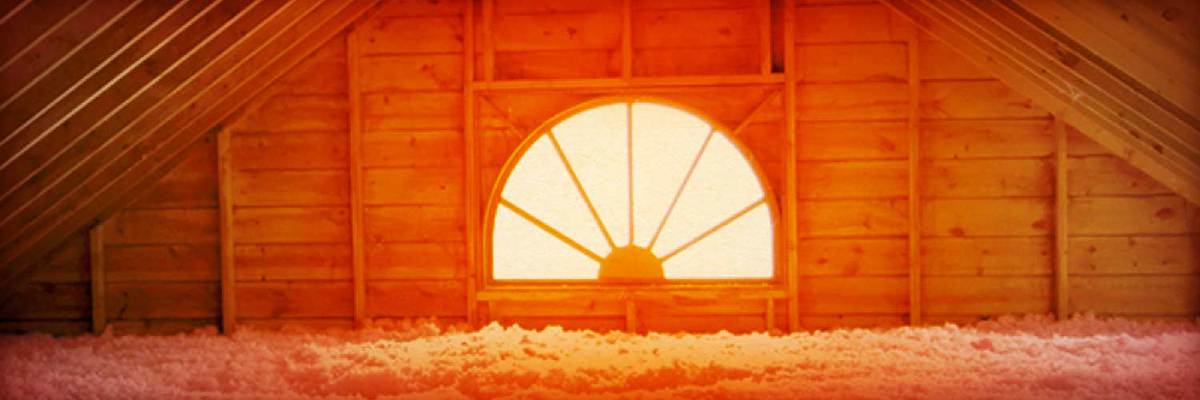What is a Hot Roof?


While researching how to insulate your attic, you may have encountered a term you’ve never heard of before -- a hot roof.
So what exactly is a hot roof? Well, it’s probably not what you think.
RetroFoam of Michigan has more than 20 years of experience, and we've got you covered when it comes to terminology in the field. We also know a whole lot about spray foam misconceptions.
In our ongoing efforts to educate homeowners, we will explain what a hot roof is and what that means for your home.
What is a Hot Roof?
Ever heard of a hot roof?
The term has been around since people first started insulating attics. Some folks thought insulation was like a heat source, but it's really just a barrier between two different temperatures -- like your cozy attic and your snowy roof.
So, what is a hot roof, really?
It's a bit of a misnomer because a hot roof isn't actually hot. A better way to describe it is as an unvented attic. Unlike traditional attics that have vents to allow air to circulate, an unvented attic is sealed tight. This is where spray foam insulation comes into play.
Let's dive deeper into the differences between unvented and vented attic systems and see how spray foam insulation for a hot roof can make a big difference in your home.
Unvented Attic System
Did you know that if your roof deck is insulated, it becomes part of your home's conditioned space?
This is fantastic news because it means you can prevent ice dams and save money on your monthly energy bills.
How you ask? It's all thanks to the air seal created by spray foam insulation on the roof deck. The treated air you pay for stays inside instead of leaking out through the roof.
Now, about that hot roof theory -- some people worry that an unvented attic system might make the temperature of their roof go up a bit.
While it's true that your roof's temperature could increase by a couple of degrees, there's no need to worry. This slight temperature rise won't damage your roof or shingles. In fact, the insulation ensures that the only thing your shingles have to deal with is the sun -- which they're built to handle.
Vented Attic System
When it comes to attic insulation, a vented attic system is typically paired with traditional insulation like fiberglass or cellulose.
On the other hand, an unvented attic system is more energy-efficient and is the go-to choice for installing spray foam insulation.
However, there are times when a vented system is the better approach.
So, what's the difference?
A vented attic system seals off the attic from the rest of the house. This is achieved by spraying foam on the attic flat, creating an air barrier between the attic space and the living area. This barrier helps control the flow of air, keeping your living space comfortable and energy-efficient.
Want More Info on the Benefits of an Unvented Attic?
It’s too bad that an unvented attic is called a hot roof because it is much more about having a conditioned attic that doesn’t cost you money on monthly energy bills.
Don’t let that ominous hot roof label fool you. It’s one of the best options for your roof, as it will save you from costly repairs caused by ice dams.
If you’d like to learn more about using spray foam to create an unvented attic system for your home, give us a call at 866-900-3626 or fill out the form on our website to schedule a free in-home estimate.
Related Articles
Does Spray Foam Damage Roof Shingles?
Vented vs. Unvented Attic: Which is Better?

